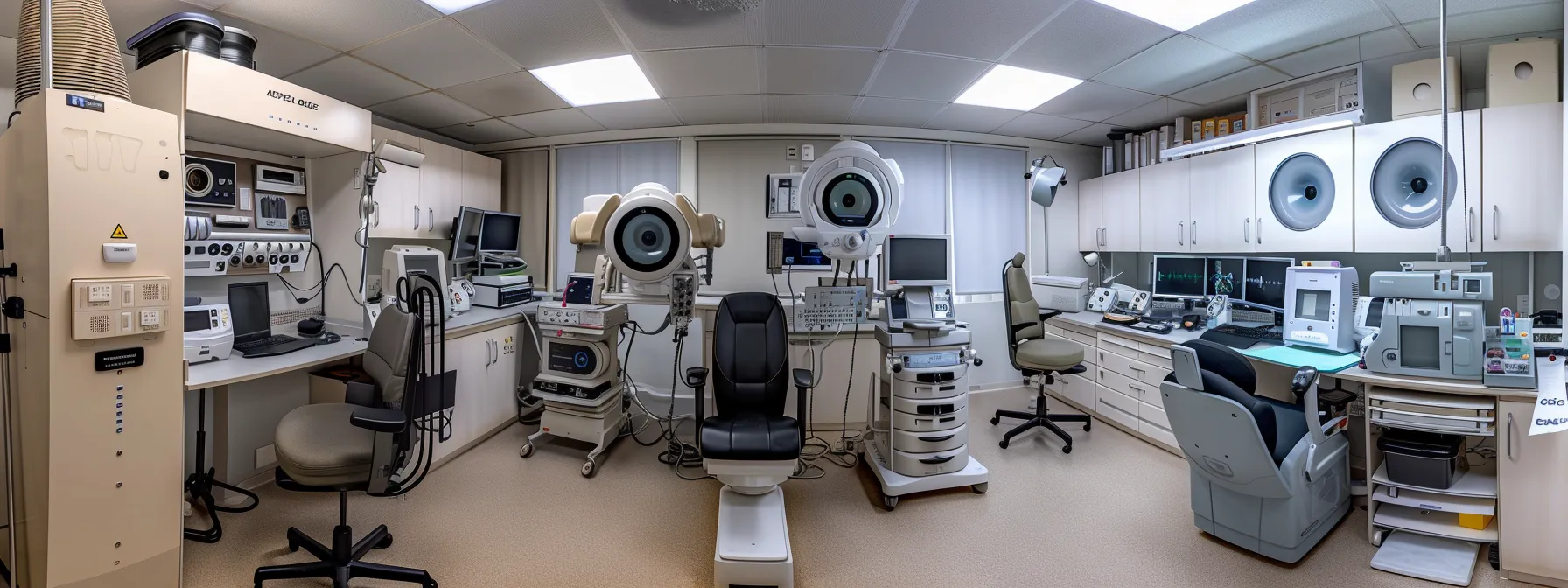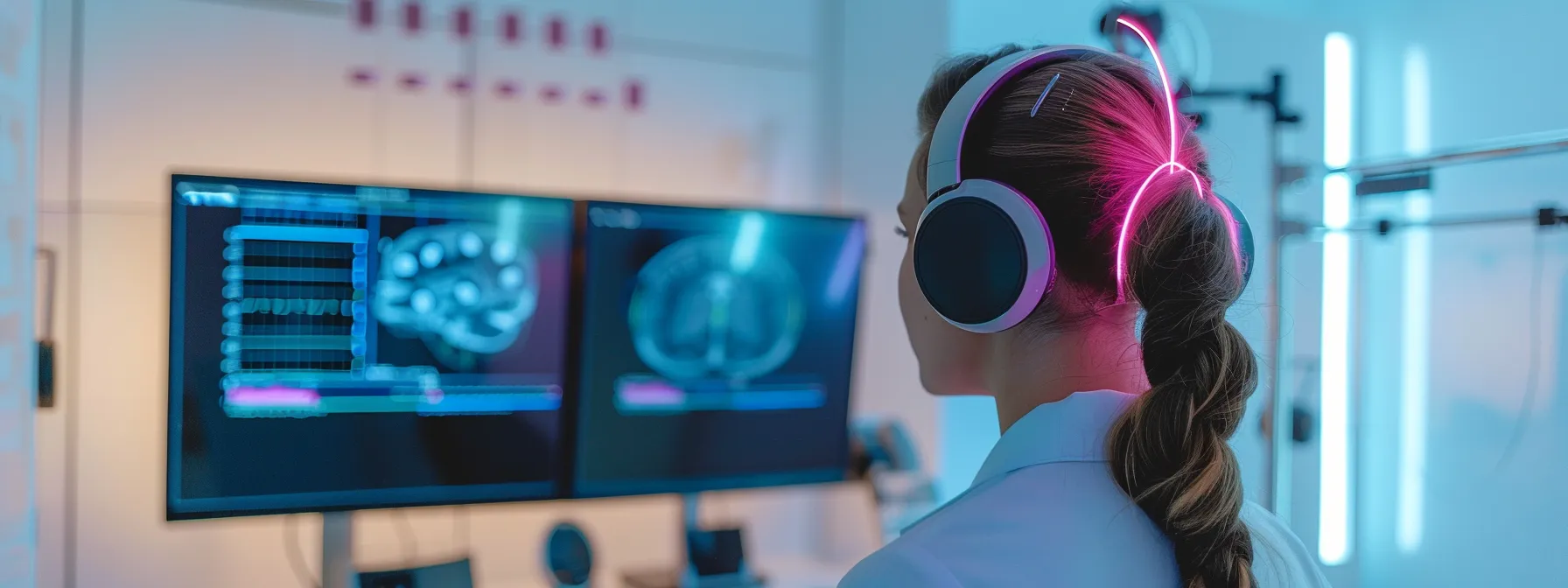How To Choose the Right Hearing Test Equipment for Your Clinic
Selecting the proper hearing test equipment for your clinic is a crucial decision that can have a significant impact on your practice’s efficiency and patient care. With an array of options available, understanding the nuances of each type of equipment and how it fits into your clinical workflow is vital. From audiometers to tympanometers and beyond, each piece serves a specific purpose in diagnosing and treating hearing conditions. Below, we delve into the factors you should consider to ensure you make an informed decision that benefits your clinic and patients alike.
Understanding Different Types of Hearing Test Equipment

Before investing in hearing test equipment, it’s imperative to familiarize yourself with the diverse types available. Audiometers are the cornerstone of auditory examinations, allowing clinicians to measure hearing sensitivity across a range of frequencies. Tympanometers aid in assessing middle ear function by evaluating the eardrum’s response to varying air pressures. In addition, otoacoustic emission (OAE) devices detect sounds emitted from the inner ear, serving as a useful tool for newborn and pediatric hearing screening.
Manufacturers offer a range of hearing test equipment with varying features and specializations. As such, it’s essential to identify the types that align with the services your clinic offers. Whether you’re conducting routine screenings or offering detailed diagnostic evaluations, the right combination of equipment can elevate the quality and scope of your clinic’s hearing health services.
Specialized equipment such as auditory brainstem response (ABR) systems are utilized to examine the auditory nerve and brain pathways. This type of equipment is crucial in diagnosing disorders that affect the neural transmission of sound. Speech audiometry is another facet of hearing assessment, necessitating equipment that can accurately monitor and play recorded or live speech to determine a patient’s speech reception and understanding.
Key Features to Look for in Hearing Test Equipment

When evaluating hearing test equipment, it’s important to consider features that enhance usability and patient outcomes. Look for devices with intuitive interfaces that streamline the testing process and reduce the likelihood of operator error. Automated test sequences can save time and ensure consistency across different clinicians and sessions.
Technical support and warranties from the manufacturer are crucial for maintaining equipment performance. Adequate training resources for staff ensure they are competent in using the equipment, which can improve patient throughput and satisfaction. Equipment scalability and upgrade options further secure your investment, allowing your clinic to adopt new technologies and testing methods as they evolve.
Durability should also be a deciding factor, especially for clinics with high patient volumes. Equipment constructed with quality materials and backed by solid repair or replacement policies will withstand the rigors of daily use. Hence, prioritizing robust and well-supported equipment can reduce long-term costs associated with maintenance and downtime.
Evaluating Your Clinic’s Specific Needs and Patient Demographics
Understanding your clinic’s patient demographics is essential when choosing hearing test equipment. Pediatric clinics, for instance, require equipment with features suitable for children, such as visual reinforcement audiometry (VRA) or engaging interfaces to keep them cooperative during tests. The range of hearing conditions you manage also impacts your equipment needs. Conversely, if your clinic primarily performs routine screenings, standard audiometers and tympanometers might suffice. It’s about aligning your equipment selection with the level of care you provide.
Moreover, consider the physical space of your clinic. Compact and portable equipment might be preferable in smaller clinics or for those offering off-site testing services. Conversely, clinics with spacious facilities can accommodate larger, more complex systems. Also, consider the logistics of the testing environment. For example, if your clinic lacks a dedicated soundproof room, you may need equipment with noise-reduction capabilities to ensure accurate testing.
It’s also wise to consider your clinic’s growth trajectory and potential expansion of services. Equipment that offers modular additions or has the flexibility to incorporate new testing modules can adapt to an evolving practice. Anticipating future needs will help you avoid the pitfall of outgrowing your equipment prematurely, thereby protecting your investment over the long term.
Selecting the right hearing test equipment requires careful consideration of various factors, including the types of equipment available, key features, compatibility with existing systems, and your specific clinic needs and budget. With diligent research and a strategic approach, you can find the right balance between cost and quality to provide the best audiological care to your patients.



